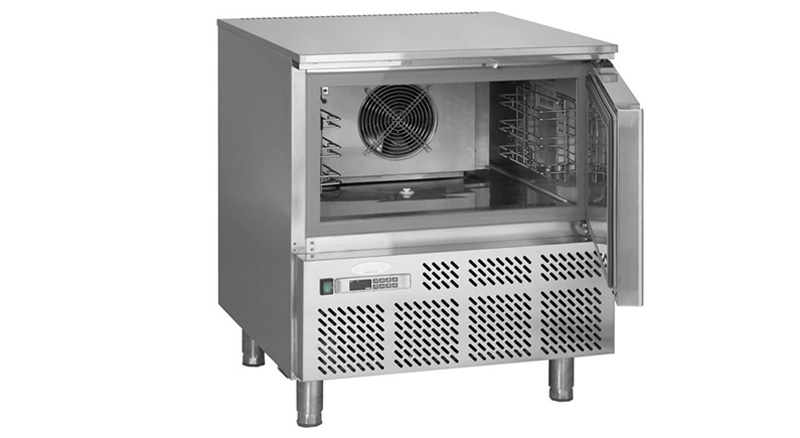
We can understand thawing as a process of taking a frozen product from frozen to temperature (often above 0 degrees Celsius). The thawing process completes only when there is no remaining such as defrosting. We can also say thawing is simply the reverse of the freezing process.
The thawing system includes the process for defrosting biological samples in biology research. There are many uses of biological research. These include regenerative medicine, cellular therapy, biobanking, and drug discovery. We can use a thawing system for the safe storage and transport of biopharma products. There are two main kinds of thawing system viz. automated and manual.
An automated thawing system is designed to thaw the living biological contents of a cryogenic vial. On the other hand, manual thawing systems dominate the industry. It is due to the availability of a wide range of products and high utilization rate because of the lower price.
Most of the thawing systems supply heat to the object surface. After that, they depend on conduction to supply that heat into the center of the food. Some thawing systems use electromagnetic radiation to produce heat within the food. One should strike a balance while selecting a thawing system for industrial use. One should consider factors such as the visible condition of the product, thawing time, cost of operation, and processing problems.
There is a high dominance of blood bank and transfusion systems in the industry. Dominance is owing to the high use of thawing systems in these transfusion centers and blood banks.
As per the World Health Organization, there are 13,300 blood centers in 169 countries. These centers collect around 106 million donations. We can expect the high growth of the thawing system due to the rise in these institutions.
Tissue banks refer to those institutions that store and recover human cadaver tissues. The purpose of this is education and medical research. Tissue banks harvest and store tissues such as skins, cornea, tendons, bone joints, Dura mater, and cartilage.
The majority of these tissues have uses in treating burn patients. Modern thawing system assists in increasing the success rate of tissue transplantation procedures. We can expect marker growth due to increasing applications of tissue products and advances in technology.
We can expect massive growth of embryo thawing systems in the coming years. The reason for this could be a rise in live birth rate and pregnancy rate because of embryo donation. In addition, we also see high adoption of in vitro fertilization (IVF) technology for infertility. These factors are boosting the demand for advanced thawing systems.
As per the Centers for Disease Control and Prevention, there were above 2.6 attempts at IVF in 2016 alone. Moreover, the number of embryo donor transfers is increasing owing to various awareness programs.
The plasma thawing system includes regulated temperature and agitation. These features significantly decrease thaw time while ensuring the safety of your plasma. When water within the plasma thawer bat arrives at 36 degrees Celsius, the thawing takes place in most cases.
Most plasma thawing system comes with a microprocessor temperature controller. These controllers are audible and have a visual high-temperature alarm. Many thawing systems can load and unload without waiting for the water to be added and drained.
There is an innate issue with the thawing process. However, this problem doesn’t occur during the freezing process. We can find most of the bacteria that result in food poisoning or spoilage on the surfaces of many food items. During the freezing process, surface temperature becomes low and the multiplication of bacteria gets restricted. Subsequently, bacteria become completely inactive below -10 degrees Celsius.
However, during the thawing process, surface temperature rises, and the multiplication of bacteria cab restart. During the unregulated thawing process, Surface spoilage of large objects can occur. Most thawing systems work independently, offering the flexibility of starting batches of plasma at different times. Furthermore, the baskets present in thawing systems automatically lift plasma bags out of the water once a cycle is complete. This provides the convenience of saving walk-away time.
Thawing can be considered as a process of taking a frozen product from frozen to temperature (often above 0 degree Celsius). We can expect massive growth in the medical thawing system owing to several benefits. However, we try and attempt to explain some problems that accompany the thawing process.
There are many end-users of the medical thawing system. However, this article explains the two main end-users are blood banks and transfusion centers above. Moreover, this article explains the medical thawing system on the basis of sample outlook i.e. plasma and blood.
The Global Medical Thawing System Market size is expected to rise at a market growth of 10.4% CAGR during the forecast period.